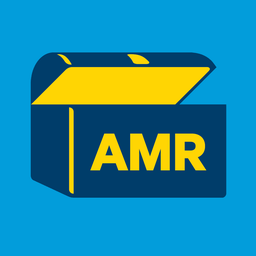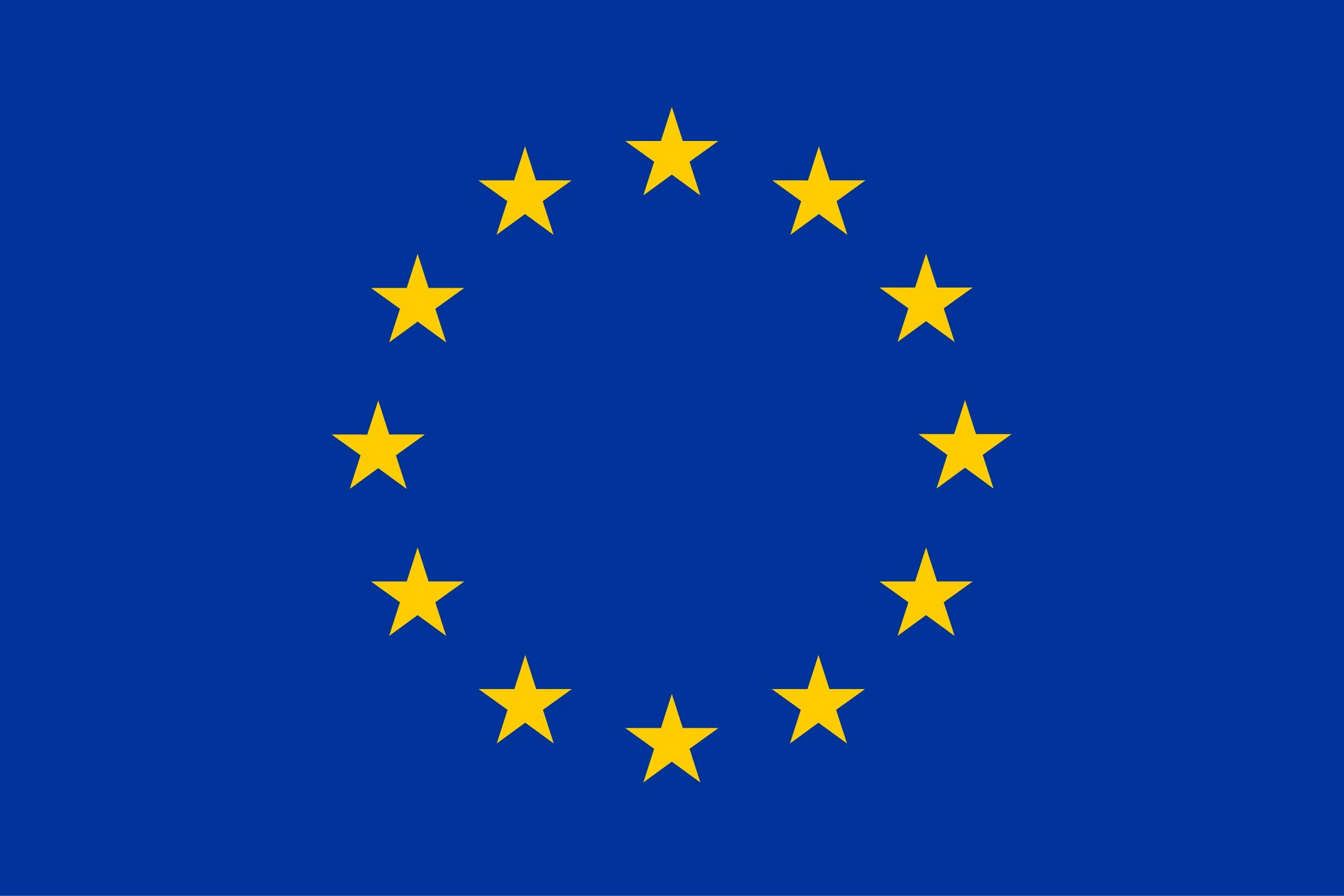I’m just a nerd girl.
- 37 Posts
- 275 Comments
I always preferred the C64C style keyboard where the graphics characters were in the top of the keycaps. This is my C64G (old breadbin style chassis but with C64C style colouring and keycaps):

Quick summary: You get the left graphics character with the Commodore key (bottom left corner), and the right character with Shift key. By pressing Commodore+Shift, you swap between upper case + graphics characters mode and the upper case + lower case mode, applying to the entire screen (so you can’t actually use the right graphics characters in that mode).
Fun thing: To switch to another text colour you press Ctrl + number keys, with 8 colours available there, just as in the VIC-20. However, there’s also another set of colours available with Commodore + number keys, for another 8 colours. I guess with Jack Tramiel’s penny pinching, they didn’t bother to mark those on the keys when making the next gen system.
Finland is severely underrepresented here. So. Many. Great. Knife. Makers. Of course I know very little on the subject, I bought a J. Marttiini knife a long time ago and that’s been enough. But the industry is there! Long and storied history!
(And does Varusteleka make knives? I thought they’re just a retailer.)

 15·3 months ago
15·3 months agoThat must have been frustrating when the user base responded “but I already got my Blåhaj”
Frankly they should have nuked “OneNote for Windows 10” long ago and quietly replaced it with the Office version. Or better yet, not launch a separate version to begin with under the same name. But this is Microsoft, having multiple apps with the same name is just the norm.

 11·3 months ago
11·3 months agoAI business is owned by a tiny group of technobros, who have no concern for what they have to do to get the results they want (“fuck the copyright, especially fuck the natural resources”) who want to be personally seen as the saviours of humanity (despite not being the ones who invented and implemented the actual tech) and, like all big wig biz boys, they want all the money.
I don’t have problems with AI tech in the principle, but I hate the current business direction and what the AI business encourages people to do and use the tech for.
In Finland we have this one liquorice candy that looks like chalk. The school children yearn for the chalk. It’s normal.
I have no idea why the makers of LLM crawlers think it’s a good idea to ignore bot rules. The rules are there for a reason and the reasons are often more complex than “well, we just don’t want you to do that”. They’re usually more like “why would you even do that?”
Ultimately you have to trust what the site owners say. The reason why, say, your favourite search engine returns the relevant Wikipedia pages and not bazillion random old page revisions from ages ago is that Wikipedia said “please crawl the most recent versions using canonical page names, and do not follow the links to the technical pages (including history)”. Again: Why would anyone index those?

 16·3 months ago
16·3 months ago- Seats smell very faintly of pee
- On an unrelated note, the dashcam says “made in the USSR” for some reason
- It’s not a bomber, technically, but it does bomb a lot
- but don’t use that mode deliberately, because the ballistic system gets very confused sometimes and targets golf courses instead
- …I can’t think of any more lame jokes, I’ve not had my morning covfefe
GIMP (at least in v2) does have a vector path tool and stores the paths with the image! Thing is, they kind of work like selections and you have to explicitly stroke the paths on bitmap layers. It’s a bit more complicated than necessary and not easy to grasp at first.
For illustration work, having good support for both vector and bitmap elements is pretty damn convenient. For example, in comics, you draw the comics themselves in bitmap layers, while panels and speech bubbles go in vector layers. Having the ability to edit the speech bubbles easily is pretty neat.
(Optimally inking/outlines would be vectors too, but most people prefer to do that with bitmap tools anyway, or vectorise later.)
Krita actually does these pretty solidly - vector tools are there and they’re pretty easy to use. In GIMP 2, the vector path support actually is there and the editable texts are actually pretty great, but it has the air of “power user trick, for those in the know” rather than something people actually discover easily. You also need to update the vector strokes manually. (Haven’t tried GIMP 3 yet.) The fact that people still assume you can’t do this stuff really says it all.

 5·3 months ago
5·3 months agoWell sure, but the summer actually makes up for it.
(Personally: I’m from Finland, have had depression with seasonal pattern. Winters aren’t that bad, early/late winter sucks though. Psychochemically, because the day length is noticeably changing and sleeping patterns get disturbed. Socially, because all sidewalks and walking paths get really slippery no matter how much sand and gravel they put there and going outside gets a bit scarier.)
Also, Jupyter Lab is one of the coolest environments for scientific programming. Write documentation and explanations of your work in Markdown while writing the code, and seeing the results. Oh, and it’s programming language agnostic, Python is just the default. I use it with R most of the time.
There’s this Finnish joke that doesn’t translate well, about a physicist who got pulled over by police. “Uh, I guess I accelerated a bit.”
Tap for spoiler
(A particle accelerator is a machine that accelerates little bits. Do you get it now?)
I’ve only received the spam once. I guess I do not qualify as an active Fediverse user. 😒
Oh yeah, one of the pics that inspired me to study French. I was dreading the numerals but it’s not that bad. You count tens and twenties and sometimes they’re special. And numbers below 20 have specific names, but that’s kinda true in most languages.
A lot of languages have weird corner cases. (Like, in Finnish most numbers are perfectly regular. Except 11-19 which are not “one-ten-and-x” but rather “x-of-the-second”. I’m sure there’s a reasonable etymological reason. At least they’re not “teens”.)
Some people may be asking “is that a bit too many crabs?”
The answer is that it’s an adequate amount of crabs. For that task at least.

 4·4 months ago
4·4 months agoThe law defines “non-human” behavior “any type of behavior… [not typically] displayed by a member of the homo sapiens species,”
“My fellow Americans, I’m pleased to tell you today that I’ve signed legislation that will outlaw Florida forever.”

 1·4 months ago
1·4 months agoOh the term has rich history! First used in modern tech sector sense in 1975 about IBM.


















Well, sure, with an image classifier, the bird identification is doable. I’m sure I could implement that if I went looking for some open source thingamabob that does that. But it’s still not something I could actually understand. That part definitely hasn’t changed over the years.